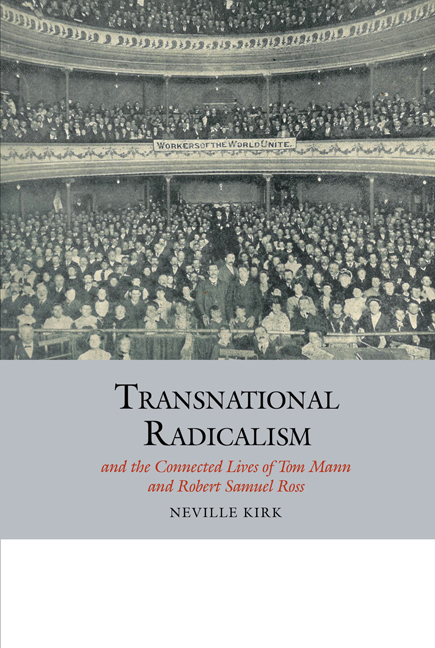6 - Race and Whiteness
from III - Womanhood, Whiteness and War
Summary
Introduction
At the beginning of the twentieth century the Australian labour movement officially committed itself to racism in the form of ‘whiteness’. Whiteness in general may be defined as the practice of, if not invariably the unqualified belief in, ‘white’ superiority over ‘non-white’ others, especially other people of ‘colour’. Prior to the 1890s, Australian labour's opposition to ‘coloureds’ from overseas had mainly been directed against the Chinese and Chinese immigrants. Yet during the 1890s this opposition was extended to include all ‘non-white’ groups, including the Japanese, who, while seen as advanced, at the same time were ‘feared for their efficiency and their potential economic and political threats to Australia’. As shown by Theodore Allen, whiteness had existed well before the later nineteenth century in the Americas and elsewhere. Yet it was during the latter period and the early twentieth century that white racism and eugenics, purporting to be scientific in character, became more influential and extensive across the globe. The dominant racial belief in Australia was that White Australians were superior not only to the indigenous peoples of Australia, who were mainly deprived of the rights of citizenship, but also to ‘coloureds’, and especially ‘subject’ people of colour, in general. The White Australia Policy, officially introduced in 1901 under the terms of the Immigration Restriction Bill, required intending immigrants to ‘write out at dictation and sign’, in the presence of an immigration officer, ‘a passage of fifty words in length in an [sic] European language’, to be directed by that same officer. ‘In 1905’, observes Andrew Markus, ‘the specification of “European language” was changed to “any prescribed language” to lessen offence to the Japanese’. The intention in 1901 and 1905, however, was the same: to exclude ‘coloureds’ from the White Australian family, race and nation.
From its inception, White Australia was a core feature of both the New Commonwealth and the mainstream labour movement. The ALP, for example, adopted White Australia, protective tariffs for domestic industry and compulsory state arbitration as the ‘three pillars’ of its policy. White Australia would officially last down to the 1970s, while whiteness would spread across large parts of the wider late nineteenth- and early twentieth-century British and Anglophone worlds.
- Type
- Chapter
- Information
- Publisher: Liverpool University PressPrint publication year: 2017



